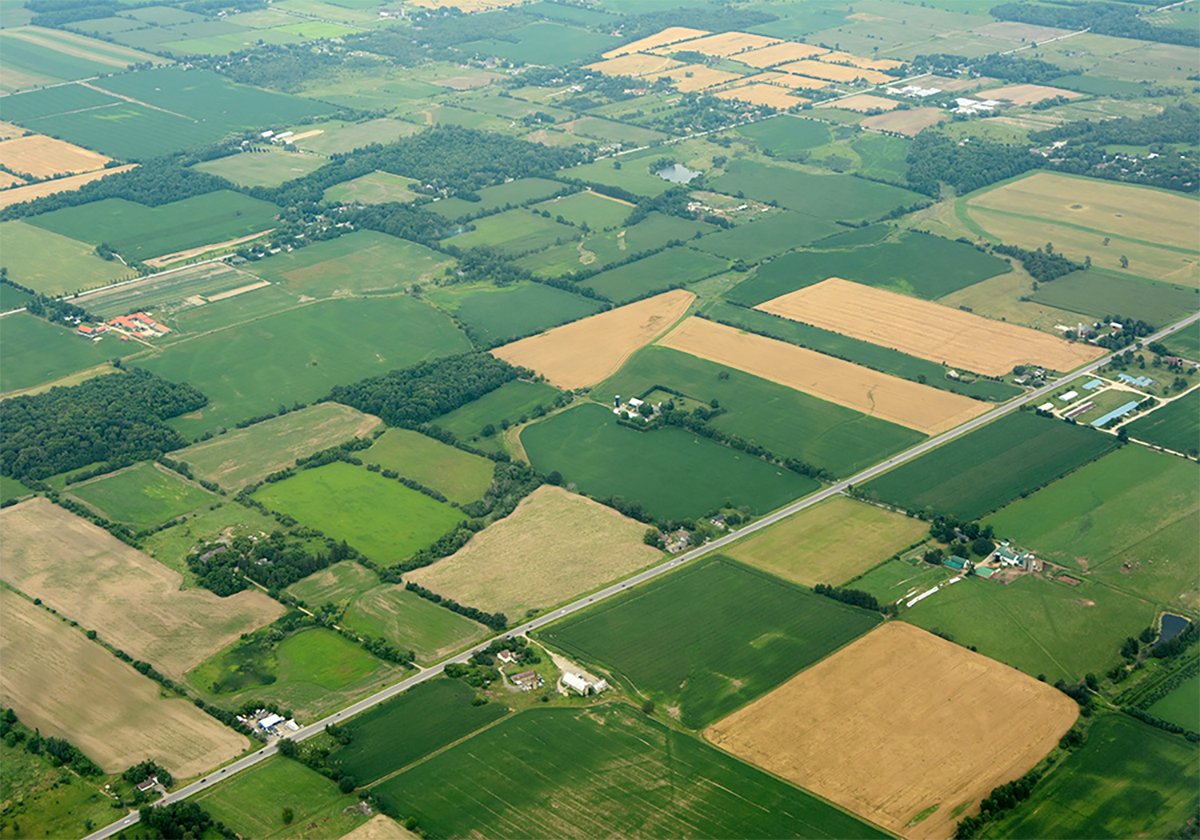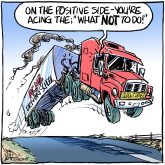THE EVOLUTION of Canadian agricultural policy during the past decade or more has been a search for stability and predictability.
Don’t jump to conclusions.
That does not necessarily mean stability and predictability for farmers. At its core, it means governments have been trying to design farm support programs that produce relatively predictable costs.
Finance ministers and their supportive bureaucrats are particularly shy of surprise demands on public funds.
It is why they dislike ad hoc programs designed to respond to specific crises.
Read Also

Higher farmland taxes for investors could solve two problems
The highest education and health care land tax would be for landlords, including investment companies, with no family ties to the land.
It is why they like rules, even if the rules do not dictate exact expenditures.
Emergency measures rules for disasters have a sliding scale of federal responsibility for disasters that escalates as the cost increases. They like that.
Since the reign of Don Mazankowski as the most powerful agriculture minister in the past two decades, the farm program formula has made Ottawa responsible for no more than 60 percent of most farm program expenditures. They like that.
It is why Ottawa refuses to budge from its 60-40 formula in farm programming despite pressure from provinces. It may not predict exact amounts of claim on the federal treasury but at least it establishes rules for the fight over cost sharing.
Every agriculture minister since Mazankowski 20 years ago has proclaimed the need for predictable programs that work so well for farmers that special ad hoc programs are not required.
Current minister Gerry Ritz is the latest to take a stand against designing farm aid programming on the run.
“Ad hoc programs are problematic in delivery and in timing and predictability and so on, so we want to be sure the business risk models we are working with now work so we’ll do our best to make sure the money is there and available,” he said after a Nov. 17 federal-provincial ministers’ meeting in Toronto.
The problem is, agriculture is such a volatile industry that as long as governments are committed to supporting it, ad hoc programming will be impossible to avoid.
The current crisis in the livestock industry is a prime example. Existing programming is not adequate to stem the equity and cash drain from the hog and beef sectors.
Using a system that bases support on historic profits doesn’t work for industries with long-term low-profit records.
Using a system that pays out based on historic performance does not deal with the meltdown faced by hog producers that have coped with rapidly escalating feed costs and historically rapid rises in the dollar value.
So both hog and beef sectors are pleading for a deviation from existing programs to get some cash into producers’ hands now. Both are trade sensitive so they try not to make it sound like commodity-specific ad hoc program requests but that is what it is.
Canada’s farm policy structure simply cannot deal with such crises. Ad hoc programs always will be necessary unless the judgment is to allow large parts of the industry to go under.
A policy that does not require ad hoc programs would look like this: costs + profit – prices = fill-in-the-difference payment. It isn’t going to happen.
So the fondest wish of government that ad hoc be relegated to the museum will continue to bump up against the realities of a volatile agricultural marketplace.














